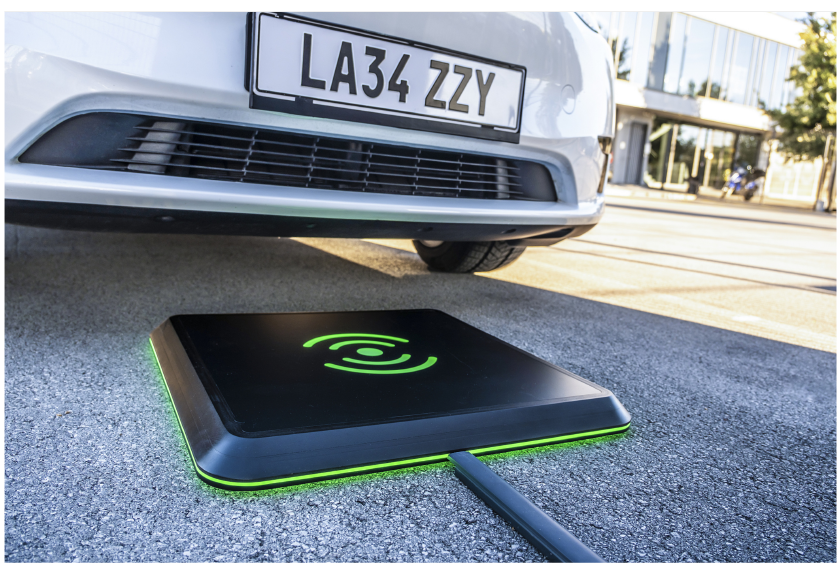Gallium Nitride (GaN) in data centers can bring significant advantages in terms of energy efficiency, system upgrades, and more.
Energy Efficiency: The operating power of data center power supplies typically ranges from 3kW to 6kW, and the mainstream 650V GaN devices are very suitable for this. The overall power conversion efficiency of existing data center power supplies is around 75%, while using GaN devices can increase the efficiency to 87.5%. According to calculations, for a data center with 10 racks per group, a GaN-based PSU can save 3 million USD in electricity costs and reduce CO2 emissions by more than 100 tons annually.
Matching PSU Replacement Requirements: GaN technology aligns well with the trends in data center PSU power supply architecture replacement. On one hand, the PSU output voltage will increase from 12V to 48V, which means distribution losses can be reduced by 90%, making high-efficiency 100V GaN devices increasingly popular. On the other hand, PSU manufacturers aim to increase power supply from 3kW to 6kW and raise power density from 45W/in3 to 100W/in3, which can only be achieved by wide-bandgap semiconductor devices like GaN.











